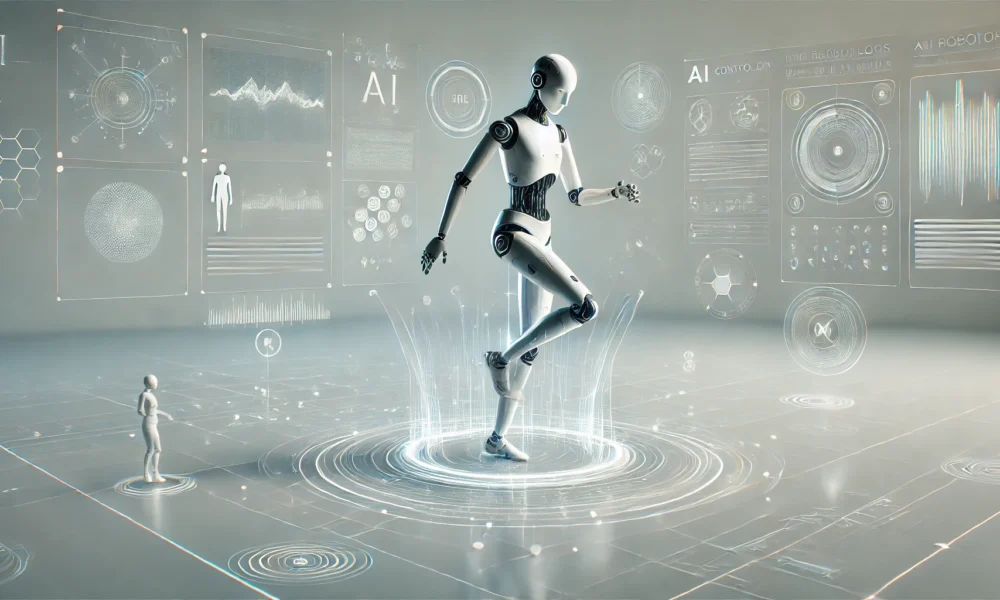Intel Labs Introduces Revolutionary Human Motion Generation Technique
A groundbreaking technique for generating realistic and directable human motion from sparse, multi-modal inputs has been unveiled by researchers from Intel Labs in collaboration with academic and industry experts. This cutting-edge work, showcased at ECCV 2024, aims to overcome challenges in creating natural, physically-based human behaviors in high-dimensional humanoid characters as part of Intel Labs’ initiative to advance computer vision and machine learning.
Six Advanced Papers Presented at ECCV 2024
Intel Labs and its partners recently presented six innovative papers at ECCV 2024, organized by the European Computer Vision Association. The paper titled “Generating Physically Realistic and Directable Human Motions from Multi-Modal Inputs” highlighted Intel’s commitment to responsible AI practices and advancements in generative modeling.
The Intel Masked Humanoid Controller (MHC): A Breakthrough in Human Motion Generation
Intel’s Masked Humanoid Controller (MHC) is a revolutionary system designed to generate human-like motion in simulated physics environments. Unlike traditional methods, the MHC can handle sparse, incomplete, or partial input data from various sources, making it highly adaptable for applications in gaming, robotics, virtual reality, and more.
The Impact of MHC on Generative Motion Models
The MHC represents a critical step forward in human motion generation, enabling seamless transitions between motions and handling real-world conditions where sensor data may be unreliable. Intel’s focus on developing secure, scalable, and responsible AI technologies is evident in the advancements presented at ECCV 2024.
Conclusion: Advancing Responsible AI with Intel’s Masked Humanoid Controller
The Masked Humanoid Controller developed by Intel Labs and collaborators signifies a significant advancement in human motion generation. By addressing the complexities of generating realistic movements from multi-modal inputs, the MHC opens up new possibilities for VR, gaming, robotics, and simulation applications. This research underscores Intel’s dedication to advancing responsible AI and generative modeling for a safer and more adaptive technological landscape.
-
What is Intel’s Masked Humanoid Controller?
Intel’s Masked Humanoid Controller is a novel approach to generating physically realistic and directable human motion. It uses a masked-based control method to accurately model human movement. -
How does Intel’s Masked Humanoid Controller work?
The controller uses a combination of masked-based control and physics simulation to generate natural human motion in real-time. It analyzes input data and applies constraints to ensure realistic movement. -
Can Intel’s Masked Humanoid Controller be used for animation?
Yes, Intel’s Masked Humanoid Controller can be used for animation purposes. It allows for the creation of lifelike character movements that can be easily manipulated and directed by animators. -
Is Intel’s Masked Humanoid Controller suitable for virtual reality applications?
Yes, Intel’s Masked Humanoid Controller is well-suited for virtual reality applications. It can be used to create more realistic and immersive human movements in virtual environments. - Can Intel’s Masked Humanoid Controller be integrated with existing motion capture systems?
Yes, Intel’s Masked Humanoid Controller can be integrated with existing motion capture systems to enhance the accuracy and realism of the captured movements. This allows for more dynamic and expressive character animations.

